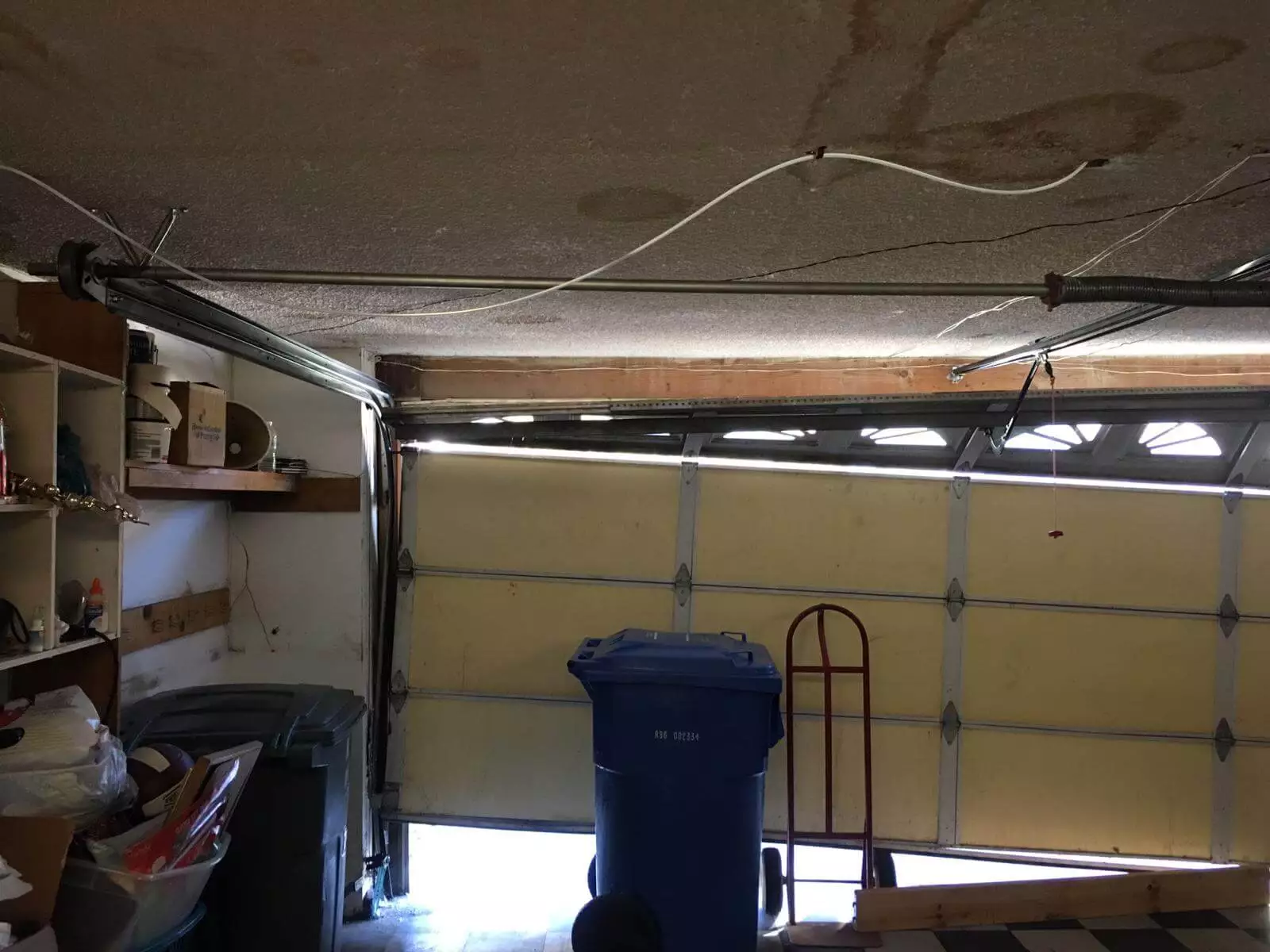Broken Spring? Learn How to Safely Replace Your Garage Door Torsion Spring
A broken garage door torsion spring is not something you want to ignore, as that spring holds a lot of potential energy that can cause serious injuries if it breaks or comes loose. Torsion springs are located above the garage door and help lift the heavy door open and closed. If your garage door is starting to act up or behaving strangely, there’s a good chance one of the torsion springs is broken. In this blog post, we’ll go through the process of safely replacing a broken garage door torsion spring yourself to get your door functioning normally again.

Content
Is It Really Broken?
Before you dive into replacing the spring, make sure it is actually broken. Check that both springs are intact and not showing any signs of damage like cracks or broken coils. Raise and lower the door a few times to see if it functions differently on one side versus the other. If one side is visibly lower than the other or the door doesn’t stay up on its own, then the spring on that side is likely broken or starting to fail. You can also take it to a garage door contractor like Garage Door Opener Spring in Norfolk for a professional assessment.
Prepare for the Job
Replacing a broken garage door torsion spring can be dangerous work due to the amount of tension stored in that spring. It’s crucial you take all necessary safety precautions. Wear sturdy closed-toe shoes and safety goggles in case anything breaks or flies off during removal or installation. Make sure no one is standing in the path of the door, as the spring could cause it to suddenly drop or move without warning. Use locking pliers or a wind-up spring compressor designed for garage doors to hold the spring during the replacement process.
Remove the Old Spring
First, ensure the opener is unplugged or the door is disabled so it can’t operate during the project. Then, follow these steps to remove the old spring:
- Compress the spring using the wind-up spring compressor and lock it in place. This releases the tension and holds the spring in a safe position.
- Remove the spring retaining clip or bolt and unwire the old spring from the shaft and cable drum.
- Slowly release the compressor to unwind the spring and remove it from the bracket. Watch for any parts flying off as it decompresses.
- Repeat steps 1-3 for removal of the other spring if both need replacing.
Install the New Spring
With the old spring removed, it’s time to put the new spring in its place using these steps:
- Mount one end of the new spring to the center bracket using a spring hook.
- While compressing the spring with the tool, start wrapping the coils around the shaft in the proper direction as indicated on the new spring.
- Once fully wound on, attach the other end to the other spring bracket using another spring hook.
- Attach and tighten down the spring retaining bolt or clip to secure it in place.
- Repeat for the other spring if replacing both.
- Carefully remove the spring compressor and check spring is properly seated in brackets before operating door.
Test and Adjust
After replacing the broken spring(s), check that the door operates smoothly up and down a few times without any binding or issues. Make small adjustments as needed to the cable tension or spring positioning until the door functions properly. Gently close the door and secure the opener before using to ensure everything is installed correctly. With any luck, you now have a smoothly operating garage door thanks to safely replacing its broken torsion spring yourself!
Conclusion
While torsion garage door springs can be dangerous if not handled properly, taking the right precautions makes replacing one manageable for most DIY homeowners. Don’t attempt this repair if you’re not completely comfortable with the tension involved. Otherwise, follow the steps outlined and use the right tools to safely eliminate a broken spring headache.
With a new spring installed, your garage door will be back in good working order for many more years of use. Just be sure to also look out for other signs of wear down the road that may require maintenance. With regular checks and timely repairs, you’ll keep your door functioning smoothly and avoid potential injuries from damage or failure.

My name is Susan. I post about home improvement ideas and how to make your home look beautiful and liveable. I hope my posts will help you with your DIY projects!













